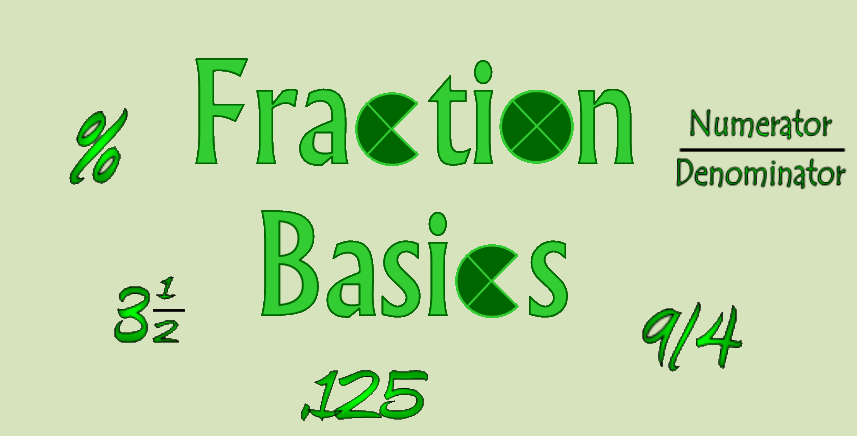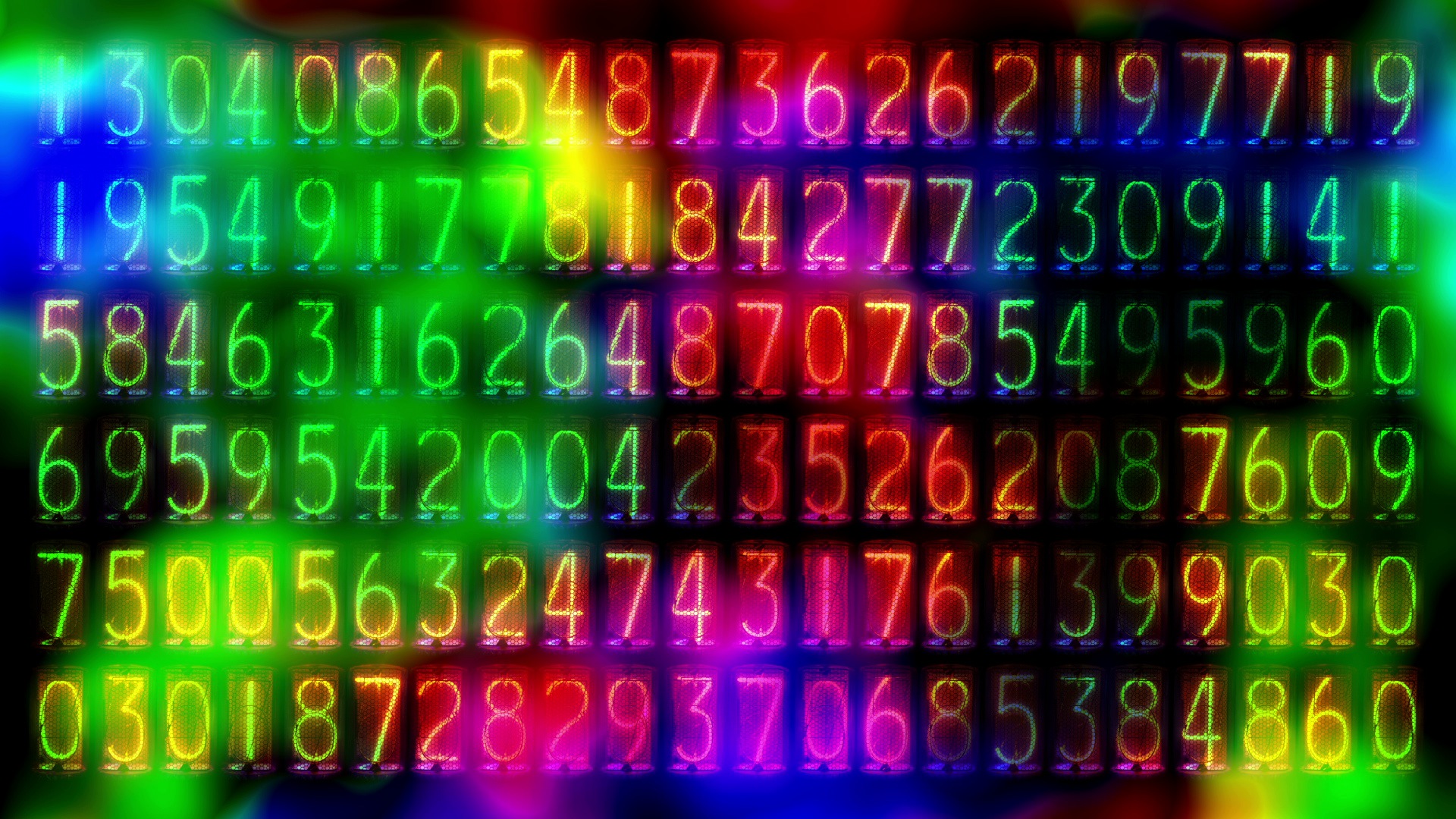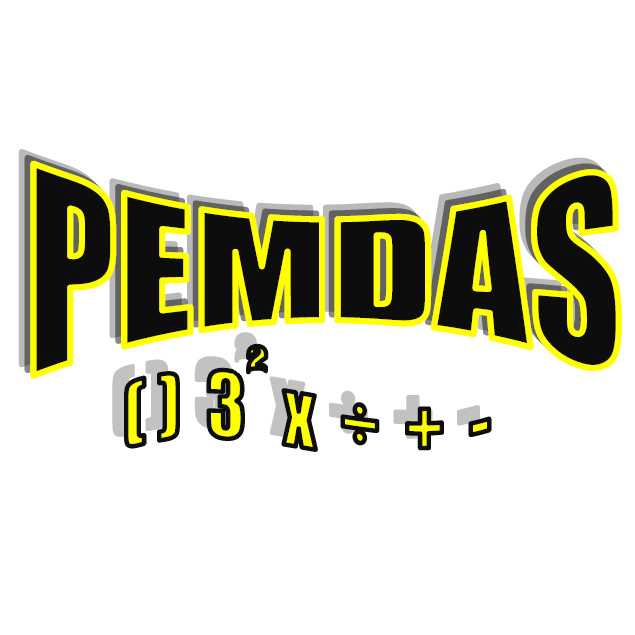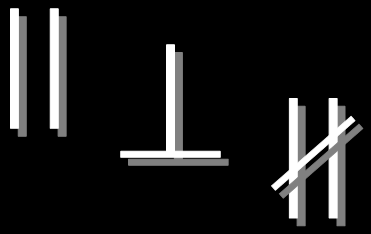Probability – the OR case
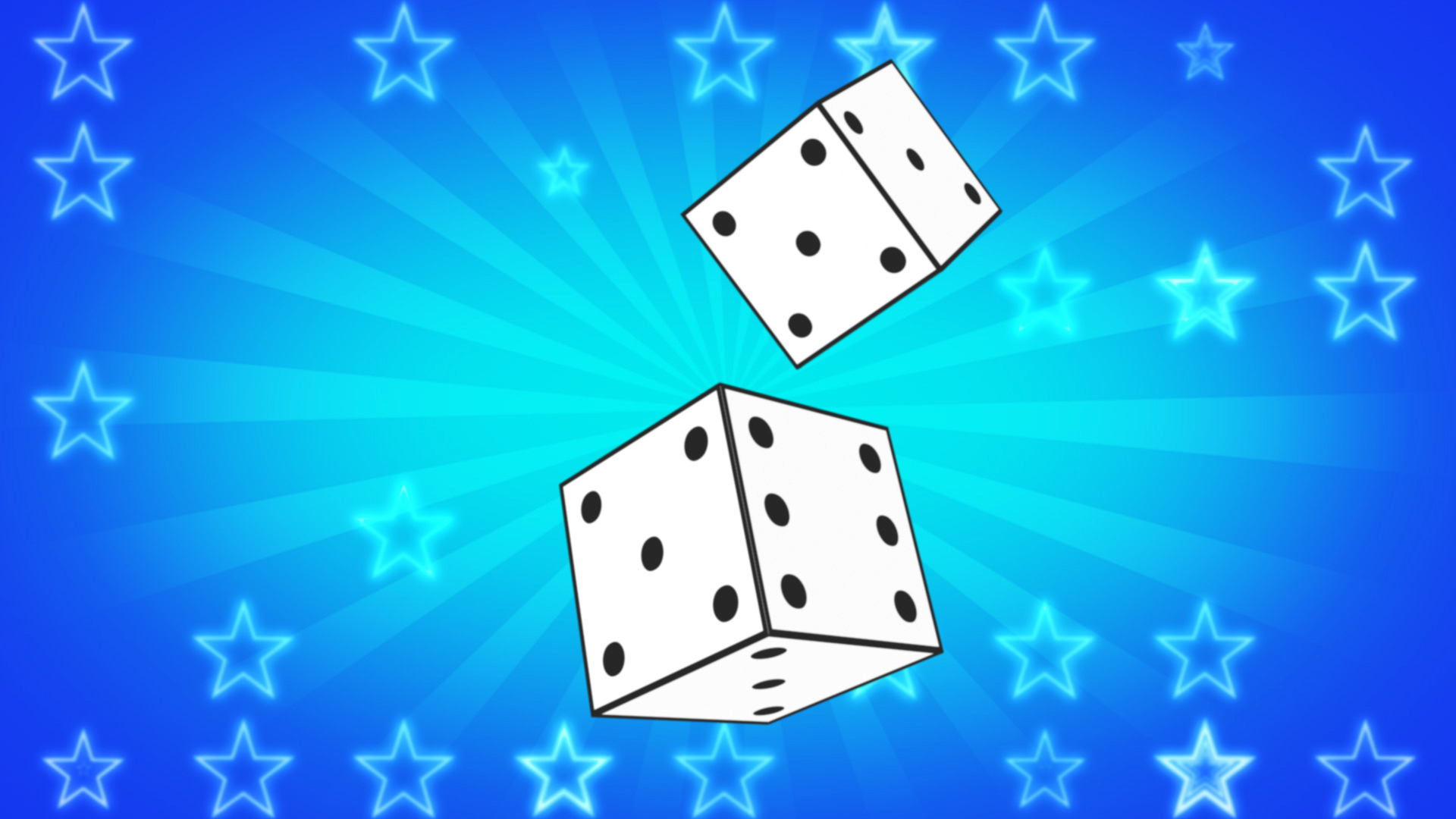
We are continuing our discussion of Probability. If you missed the introduction and the “and” case of probability, here you go. Probability – the AND case Remember that probability is the odds or percentage of likelihood of an event happening in a given set of circumstances. The range of probability is from 0 to 1, where 0 is absolute impossibility […]
» Read more
